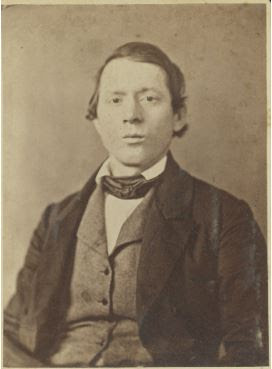Many of you might know about Erie County's contribution to the production of war munitions during the Second World War. From 1941 to 1945, the Trojan Powder Company manufactured explosives at the Plum Brook Ordnance Works, five miles south of Sandusky in Perkins Township. It is estimated that over a billion pounds of ordnance was manufactured at the complex. The PBOW News, an employee newsletter, was discussed in an earlier blog post.
Several other companies in the Sandusky area also contributed to the war effort during the 1940’s. Charles E. Frohman, a Vice President of the Hinde & Dauch Paper Company, was chairman of the War Savings Program for Erie County in 1941-1942, and was a member of the Sandusky Appeals Panel of the War Manpower Commission in 1944-1945. In December, 1946, Mr. Frohman sent out several letters to Sandusky factories inquiring about their involvement in war production, as requested by the Ohio War History Commission.
Mr. E.C. Trausch, from the advertising department of Apex Electrical Manufacturing Co., answered Mr. Frohman’s request with a three page document that itemized the many products manufactured by Apex’s Sandusky plant between 1942 and 1945. Over $21 million of materials were manufactured by the local Apex plant during World War II.
The Klotz Machine Company manufactured bearings, castings, and grinders during the war.
The Union Chain & Manufacturing Company of Sandusky assisted in the design of the special track necessary for LVT amphibious tractors, and built a variety of sprocket chains and sprockets for several different military applications. Just a portion of the military items built by Union Chain are listed below.
The Barr Rubber Products Company manufactured inflatable life rafts, airplane fuel tanks, rubber fittings for tanks, pilot balloons, and gaskets and rubber coated wheels, which netted over $5 million dollars during wartime. The Hinde & Dauch Company was one of the leading suppliers of packaging for war materials and supplies. Special types of packaging were designed to meet overseas shipping requirements. Packaging had to be created that could withstand the weather of arid deserts, as well as tropical beaches and jungles. The Sandusky factory of the Hinde & Dauch Company produced 132,633,235 square feet of V-board and fabricated 14,368,000 packages, which carried everything from beer to bullets.
Brown Industries produced heavy duty gasoline and diesel engine manifolds and cylinder heads. Employees of Brown Industries averaged more than 60 hours of work per week during the war years, in order to meet the orders needed for the war effort. Oliver F. Rinderle discussed his company’s war experience in his letter, “The greatest satisfaction experienced by us was in having our customers tell us at the end of the war that none of them had ever failed to maintain promised shipping schedules of their products due to failure on our part in meeting their demands upon us.”
Several additional letters from Sandusky factories describing contributions to the war effort are available for research in the Sandusky Library Archives Research Center.

 this blog
this blog







































